Heat stress and robotic milking performance
Heat stress can affect dairy cows as early as April, negatively impacting robotic milking performance from spring right through to fall. That’s according to the latest data analyzed by Sollio Agriculture.
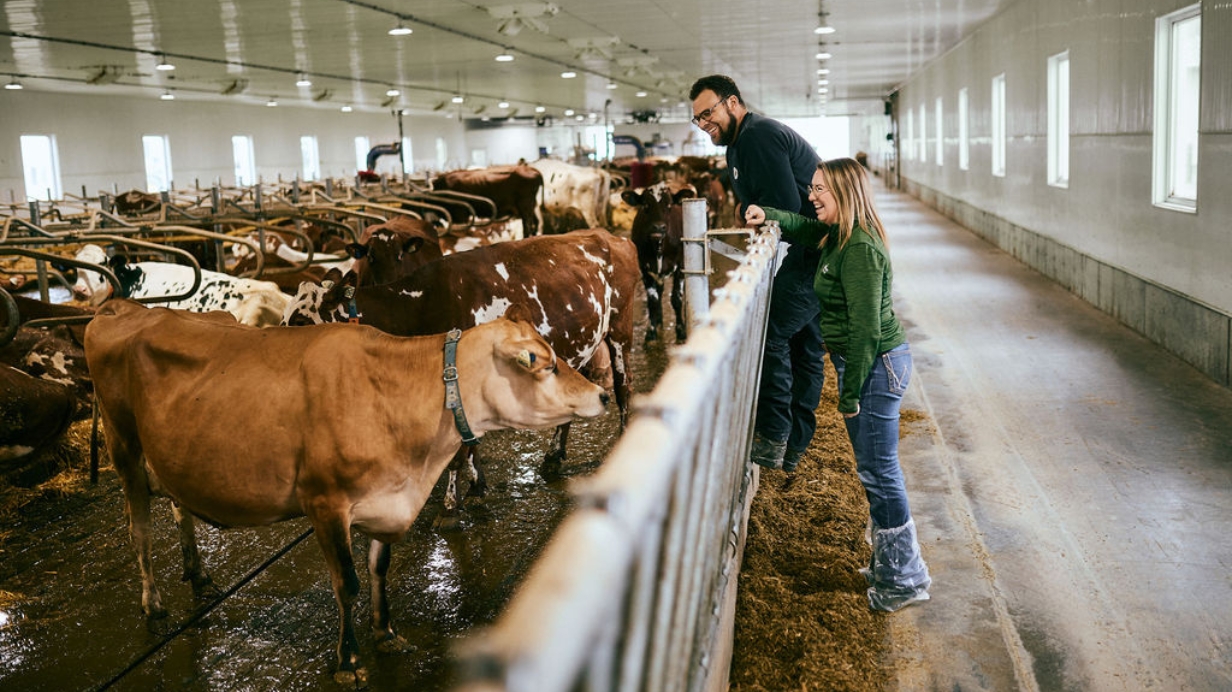
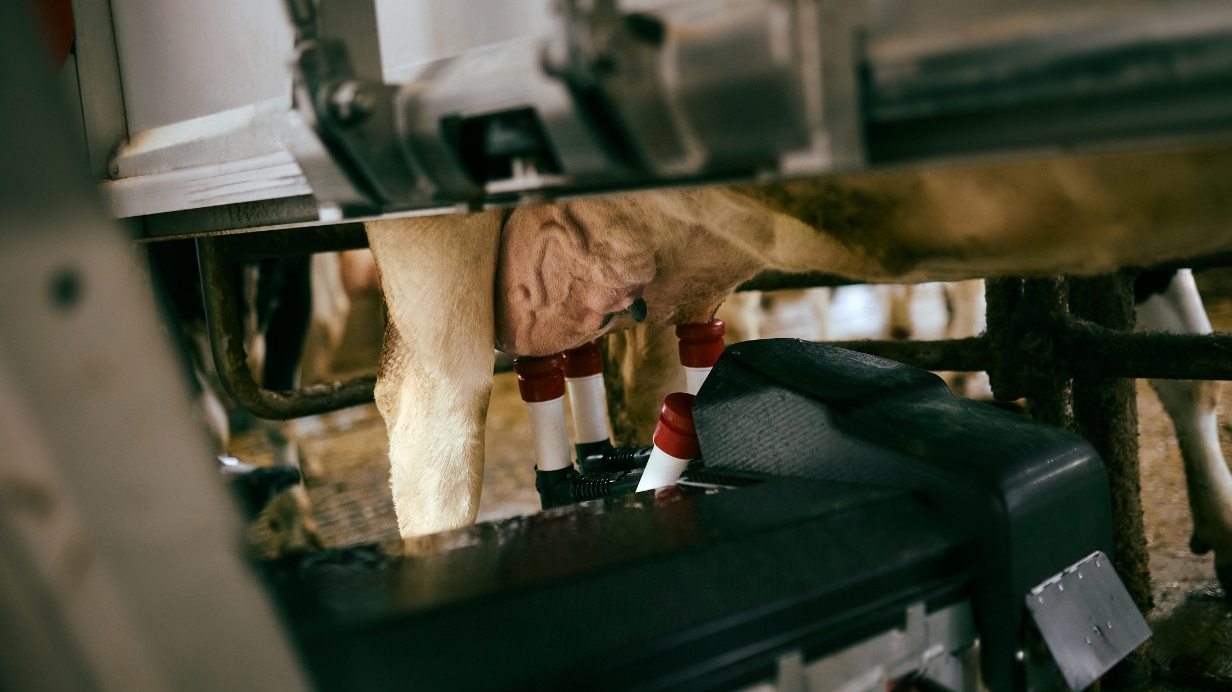
Here are four things that will make it easier for you and your cows to get into the swing of things.
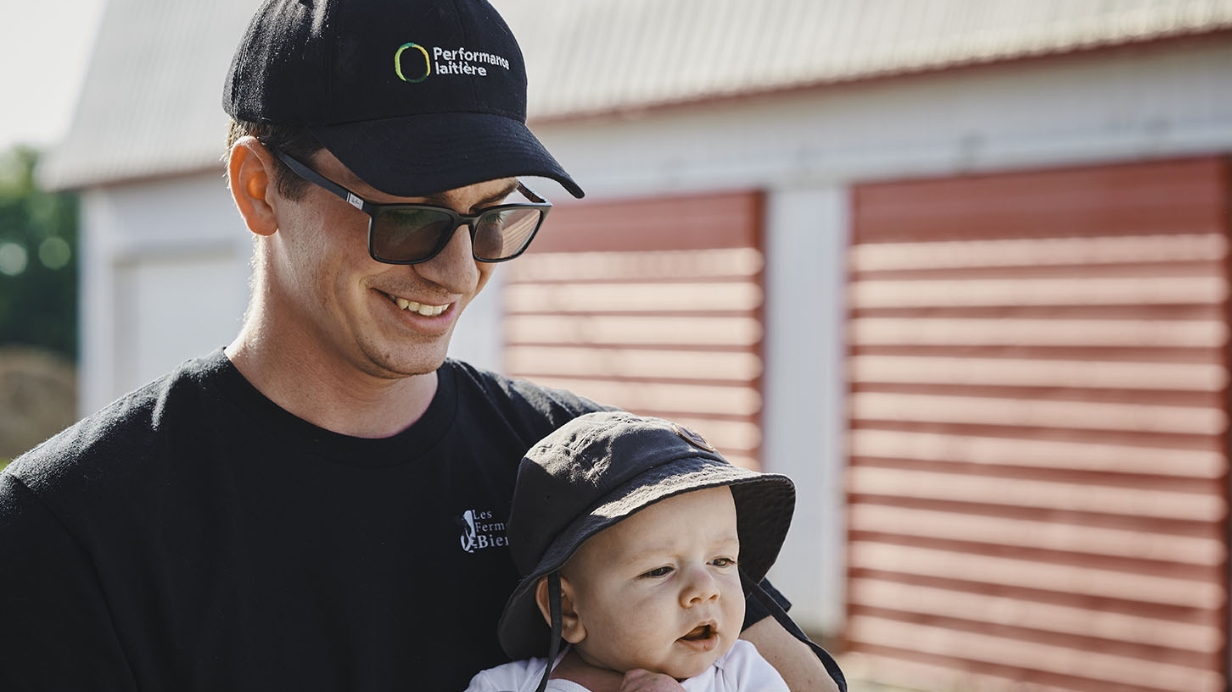
They’re awards for dairy farms that do business with Sollio Agriculture. They recognize outstanding annual production results, based on fat + protein delivered to the tank.
Holsteins: 2.55 or more
Mixed breeds: 2.10 or more
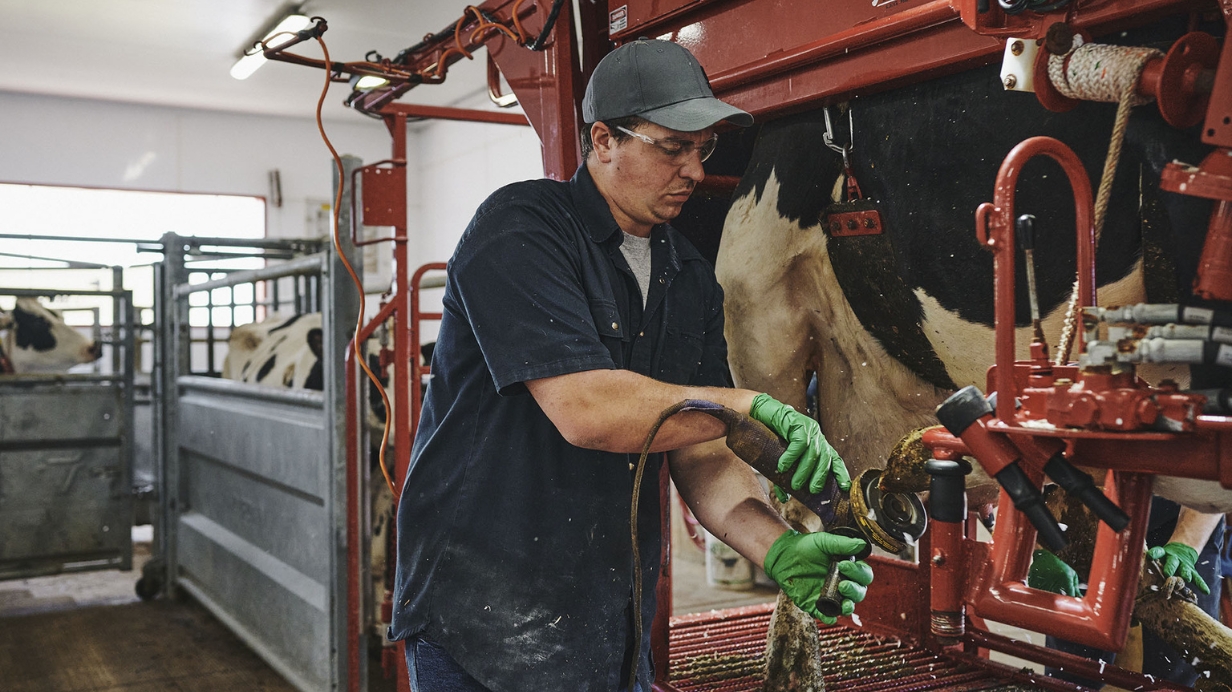
Robotic milking systems are defined by voluntary milking. But for the system to work, farmers need to know how prevalent lameness is within their herds and take a fast, responsible approach to dealing with it.
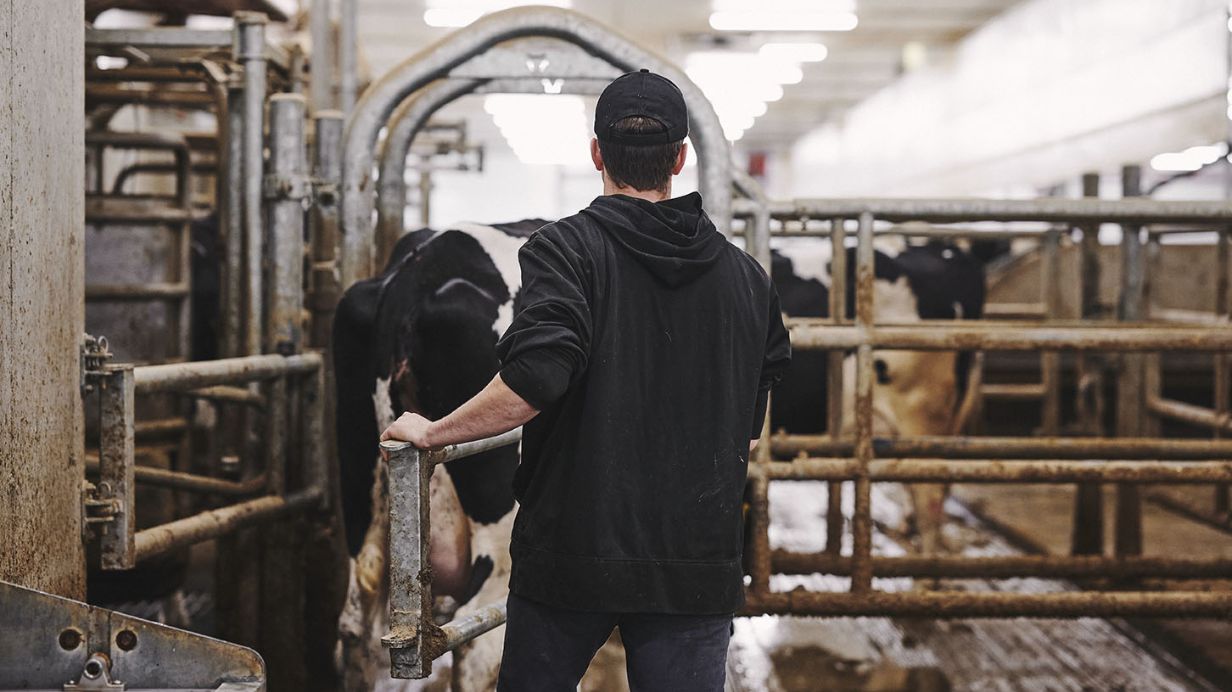
Voluntary disposals are when you remove the least profitable cows—ones with low milk production, SCC issues, reduced reproduction or mobility, etc.—to improve overall herd performance.
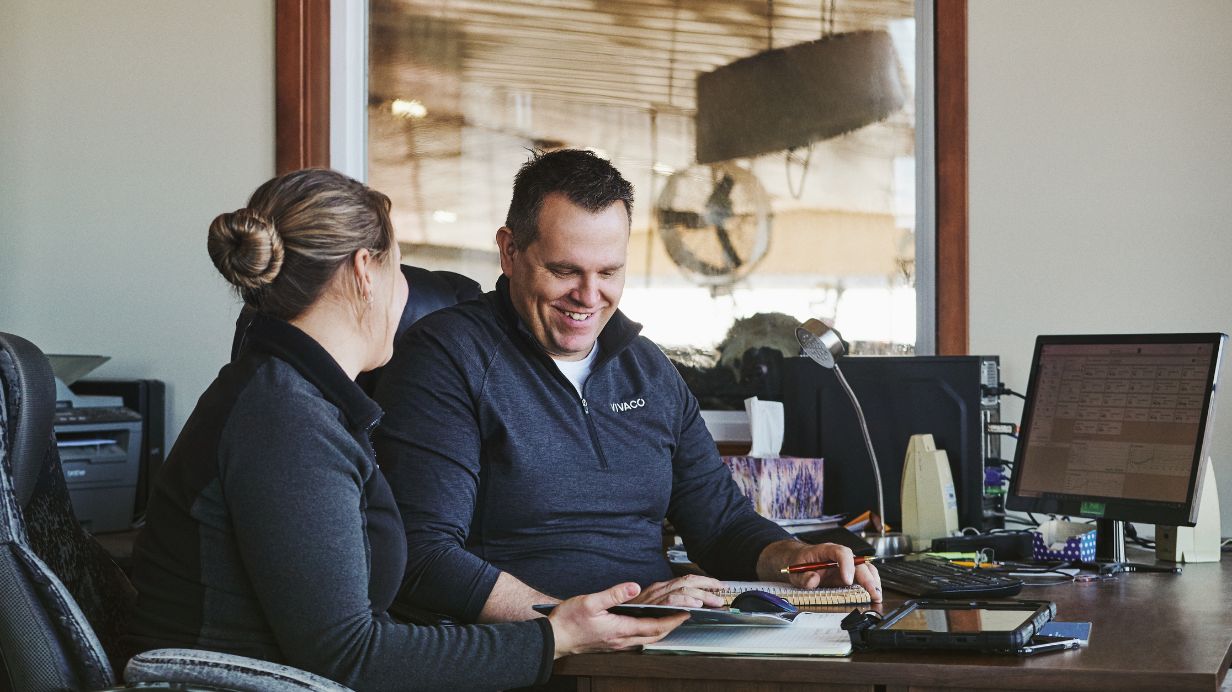
Your annual margin per cow is your daily feed margin over 365 days.
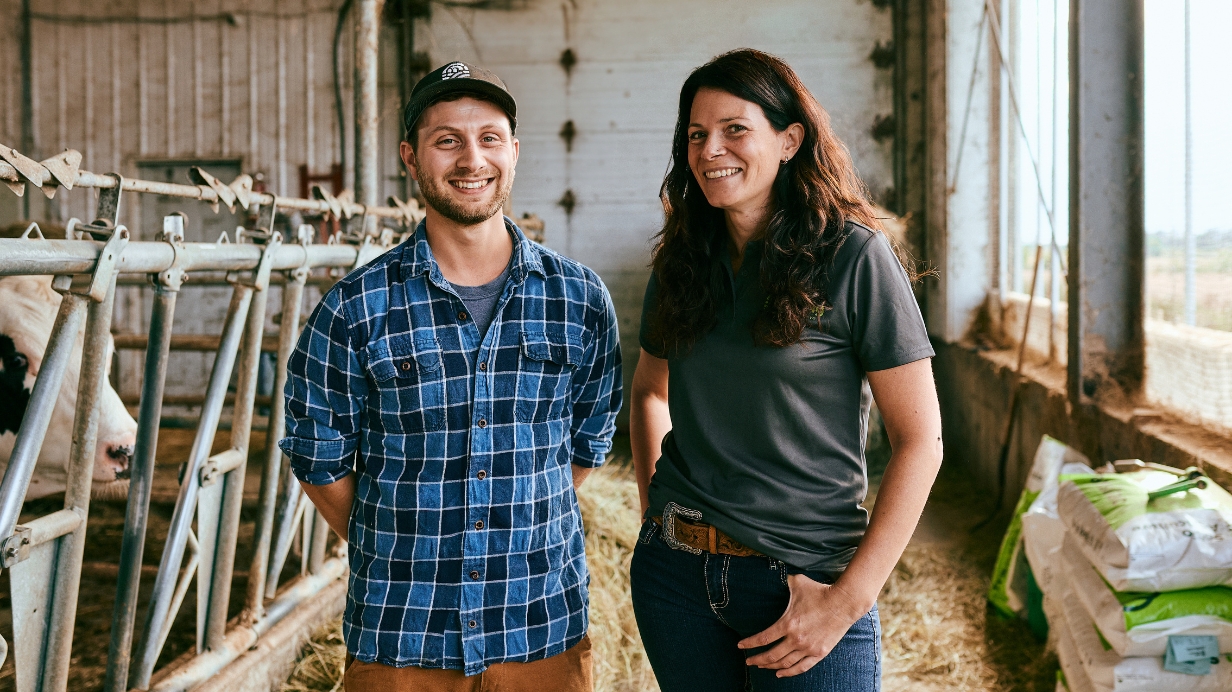
“Samuel runs a tight ship,” says Kim. “He stays in control, sees things coming, and is always prepared.”
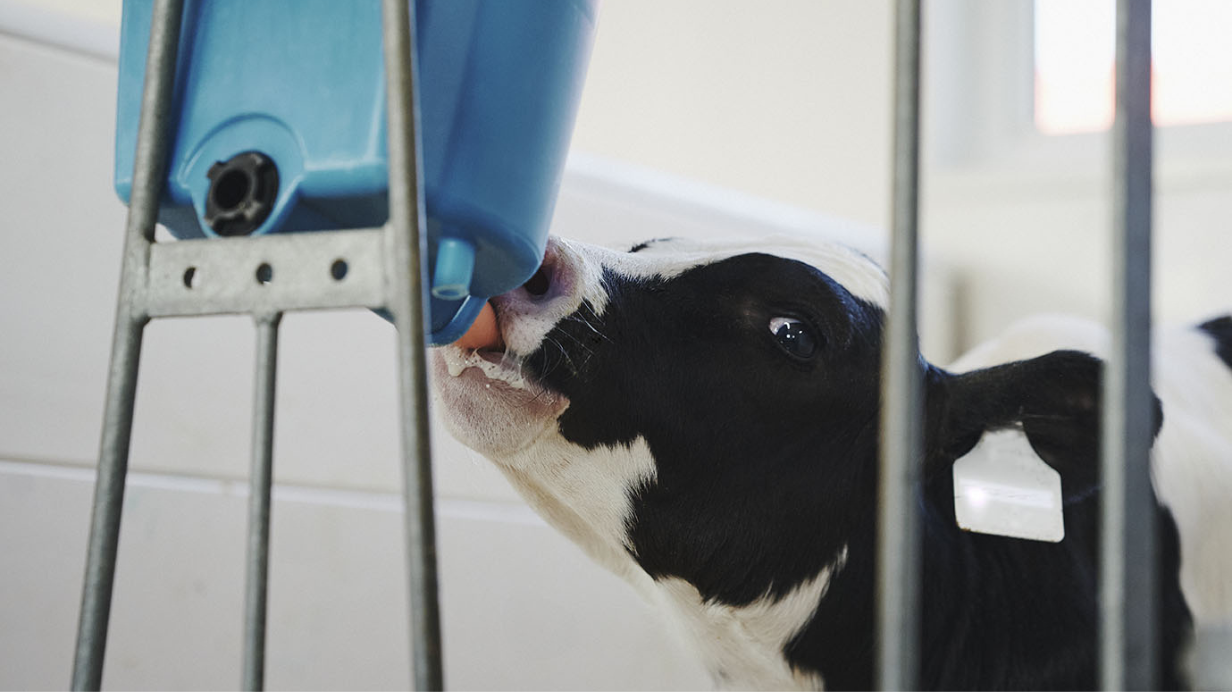
First and foremost, it’s important to know that US dairy production is in a unique situation right now:
Cattle numbers in the US are at their lowest in over 70 years.
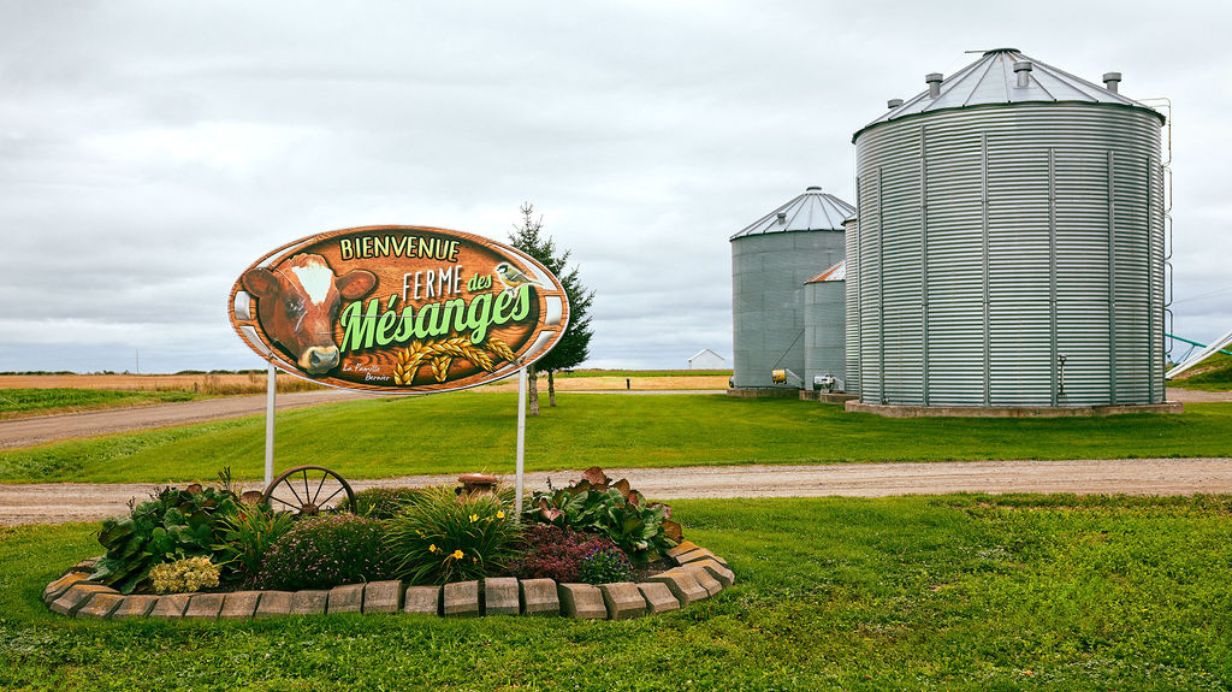
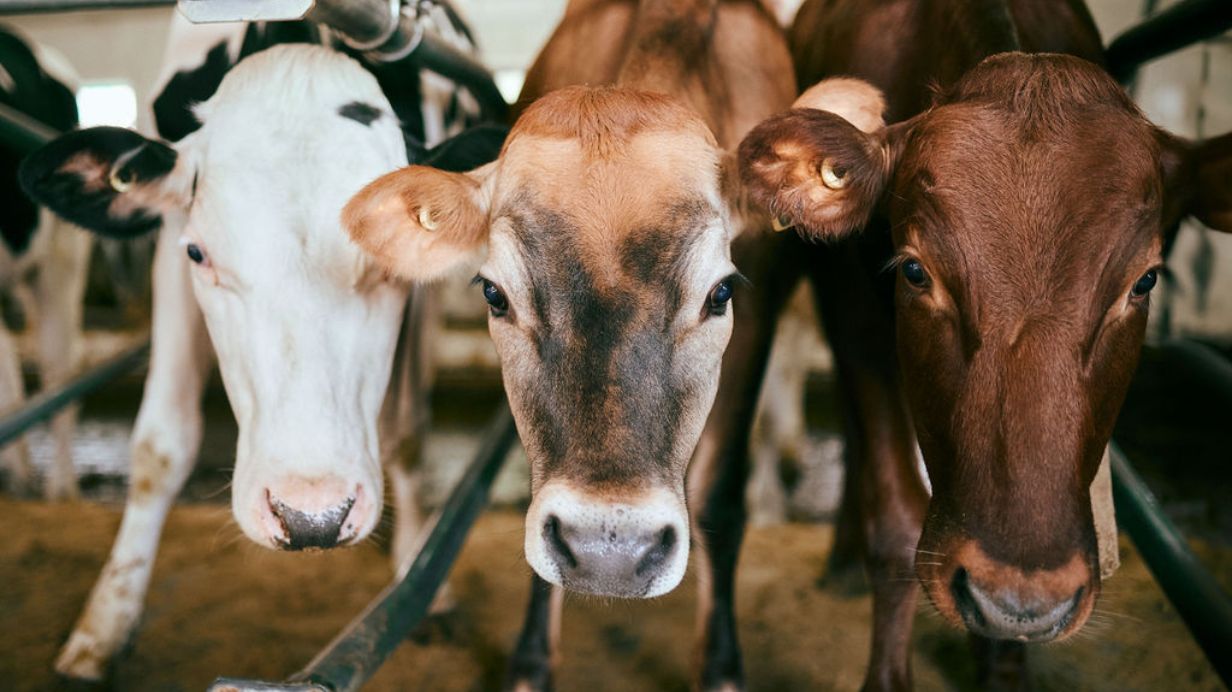
“I come to this farm often, and every time, I see somebody cleaning!” Mathieu says with a laugh.
Search
Search Suggestions:
Choose your province so we can show you content that matters to you.